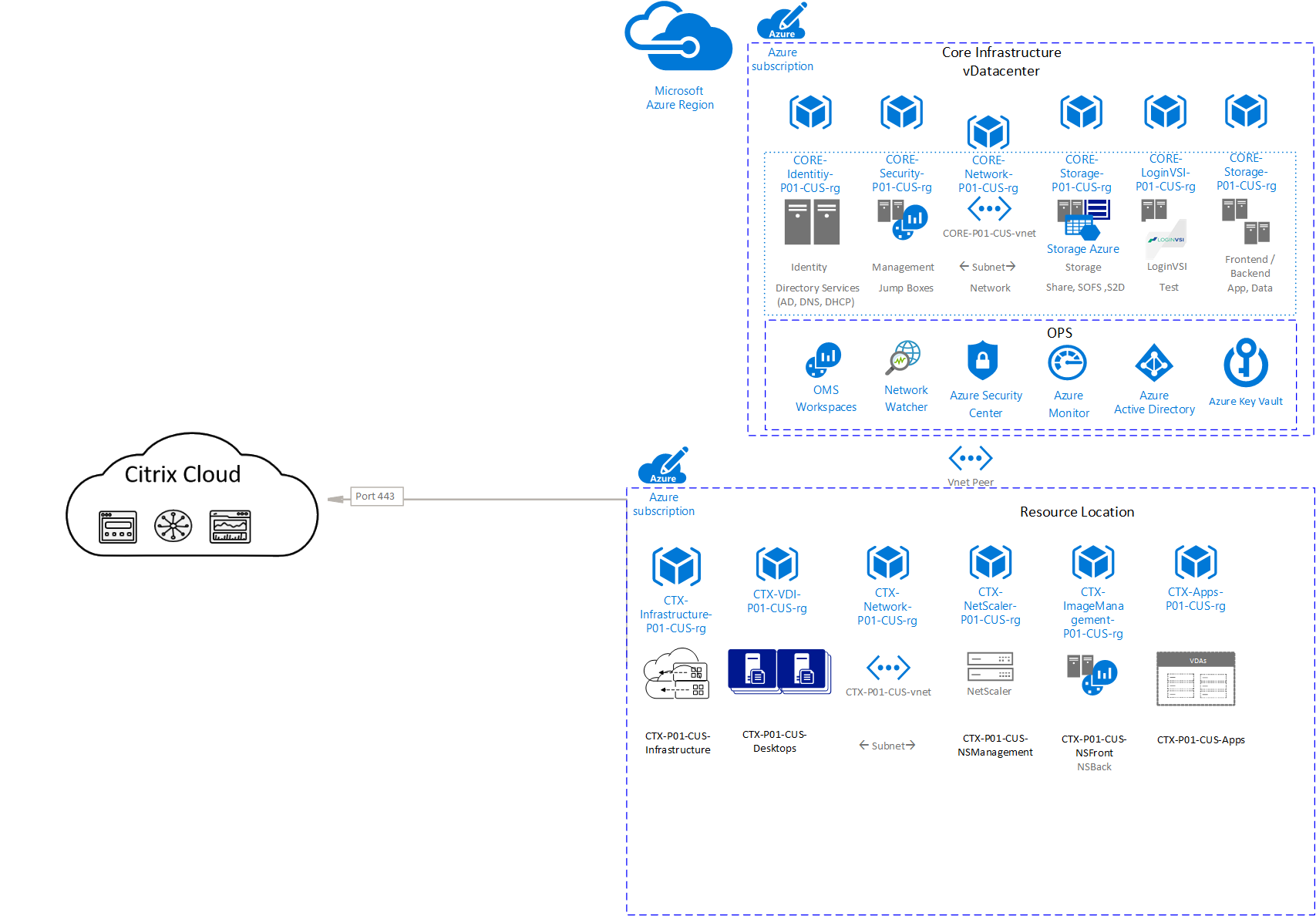

- #Access domain share from azure point to site vpn install
- #Access domain share from azure point to site vpn windows 10
- #Access domain share from azure point to site vpn Pc
But we need to export these so we can upload it to Azure.
#Access domain share from azure point to site vpn install
Signer $cert -TextExtension will create cert called REBELCLIENT and install in same store location. CertStoreLocation "Cert:\CurrentUser\My" ` Subject "CN=REBELCLIENT" -KeyExportPolicy Exportable ` New-SelfSignedCertificate -Type Custom -DnsName REBELCLIENT -KeySpec Signature ` Then we need to create client certificate. This will create root cert and install it under current user cert store. CertStoreLocation "Cert:\CurrentUser\My" -KeyUsageProperty Sign -KeyUsage CertSign Subject "CN=REBELROOT" -KeyExportPolicy Exportable ` $cert = New-SelfSignedCertificate -Type Custom -KeySpec Signature `
#Access domain share from azure point to site vpn windows 10
In Windows 10 machine I can run this to create root cert first. If you do not have internal CA, we still can use self-sign certs to do the job.Īs first step I am going to create root certificate. If your organization using internal CA, you always can use it to generate relevant certificates for this exercise. It will only happen when gateway is deleted or read.Ĭreate Self-sign root & client certificate This doesn’t mean it is going to change randomly. This is only supported with dynamic mode. I am also creating public ip called REBEL-PUB1. I have selected REBEL-VNET as the virtual network. In here, REBEL-VPN-GW is the gateway name.

#Access domain share from azure point to site vpn Pc
I’ve been able to join a Windows 10 Enterprise VM to the Azure AD Domain but I was unable to browse the PC name in Active Directory in Azure which means I wouldn’t be able to apply any GPO’s so I think I am missing something. VM setup in Azure running Server 2012 R2 that’s joined to the Azure AD domain Azure AD directory is setup and I have an account with access VMware ESXi 6.5 dev box with Server 2012 R2 (located at Site A) Boss made it clear that he doesn’t care whether sites B&C are integrated into site A’s Active directory so that gives me some options. The whole goal is to manage the Windows 10 Enterprise workstations at sites B and C via GPO but my boss threw a wrench in there and said that ideally he does not want on-prem servers and pointed me to this article:Īfter reading through the guide I need some direction. Sites B and C will have Sonicwalls as well so right off the bat I though it should be easy… site to site VPN’s between each location and on-prem AD sever at B and C.

Site A is the main location and has a well-established Active Directory setup and uses a Sonicwall NSA 4600 as the firewall. Our organization has one location (Site A) but their acquiring two smaller branch offices (Site B) and (Site C) that will be managed by me and my boss and while it’s under the same company, it’s kind of separate if that makes any sense. Need some people with Azure experience to help me out here to point me in the right direction.


 0 kommentar(er)
0 kommentar(er)
